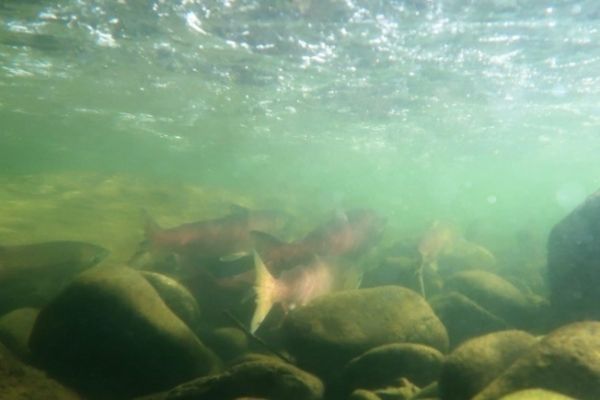A study led by Simon Fraser University researchers has discovered that sufficient water flows during summer can be critical to a Chinook salmon population in the interior of British Columbia.
The researchers investigated how water flows in the Nicola watershed affect early summer-run Chinook salmon. The team used an advanced time-series model to understand 22 years of variation in Chinook salmon productivity. After accounting for ocean survival and density dependence, they discovered that the flow during August, when Chinook are rearing as juveniles, was the most important predictor of productivity. Higher August flows during adult spawning and migration also likely boost productivity, while lower flows during this time are linked to decline.
The results could help to inform water management given watershed activities and climate change in the region. The findings are newly published in the journal Ecological Solutions and Evidence.
“We found that August flows during juvenile rearing had the greatest impact on Chinook productivity out of any factor; the effect was very large,” says the study’s lead author, Luke Warkentin, who carried out the project as part of his masters research in SFU’s Salmon Watersheds Lab, in collaboration with scientists from Fisheries and Oceans Canada. “If there isn’t enough water during the summer, Chinook populations tend to decline.” On average, cohorts that experienced 50 per cent below average flows in the August of spawning and rearing had 29 per cent lower productivity.
Read more at: Simon Fraser University
Adult Chinook salmon in the Nicola Watershed. (Photo Credit: Jonathan Moore)


